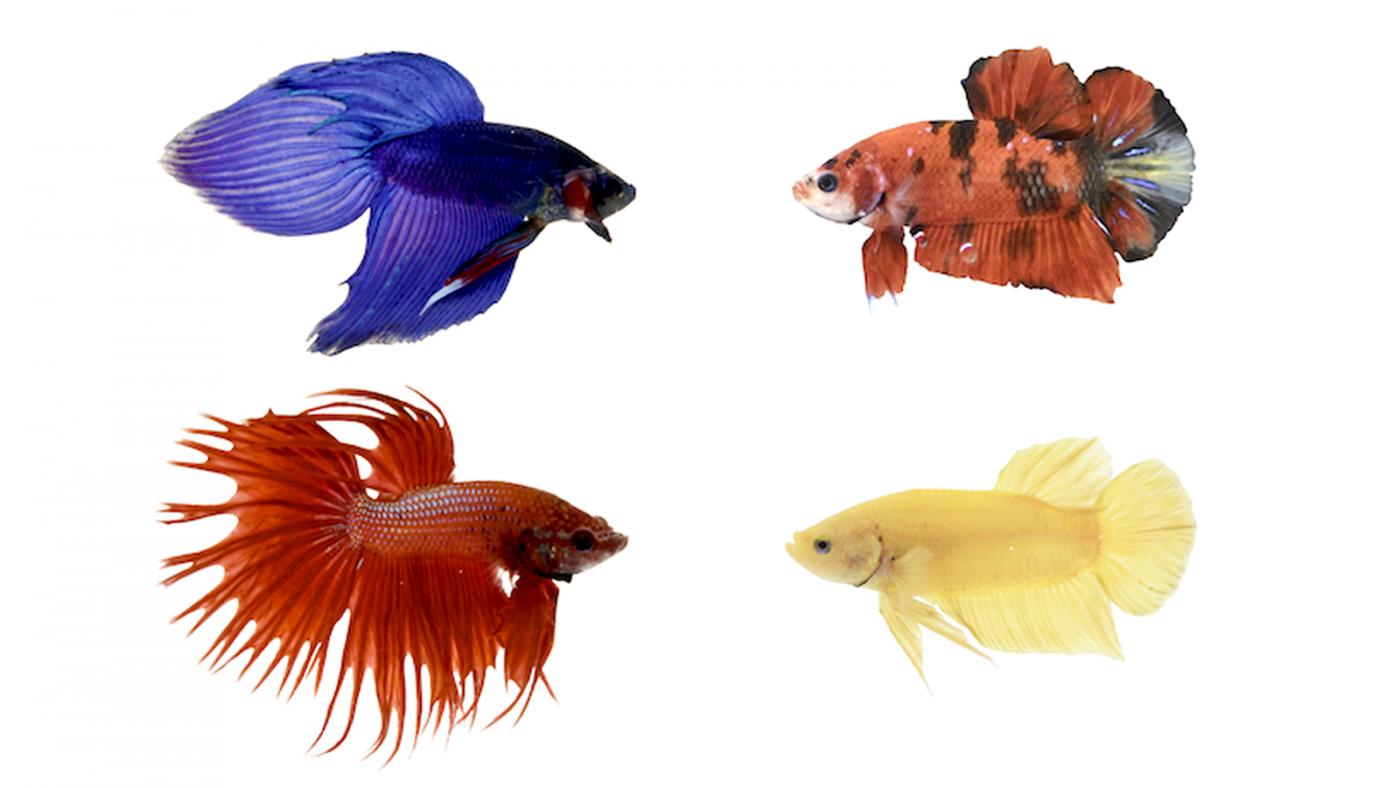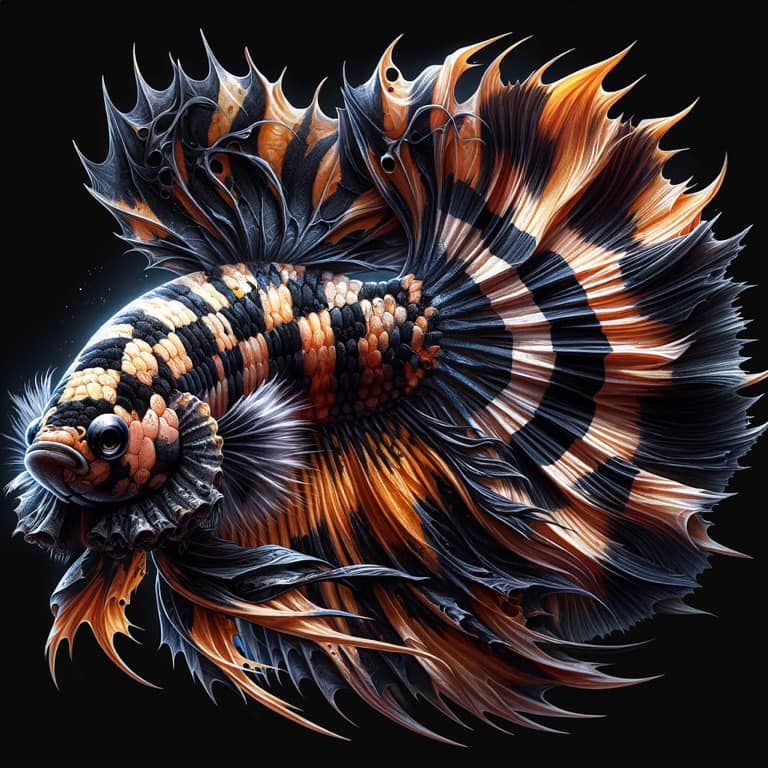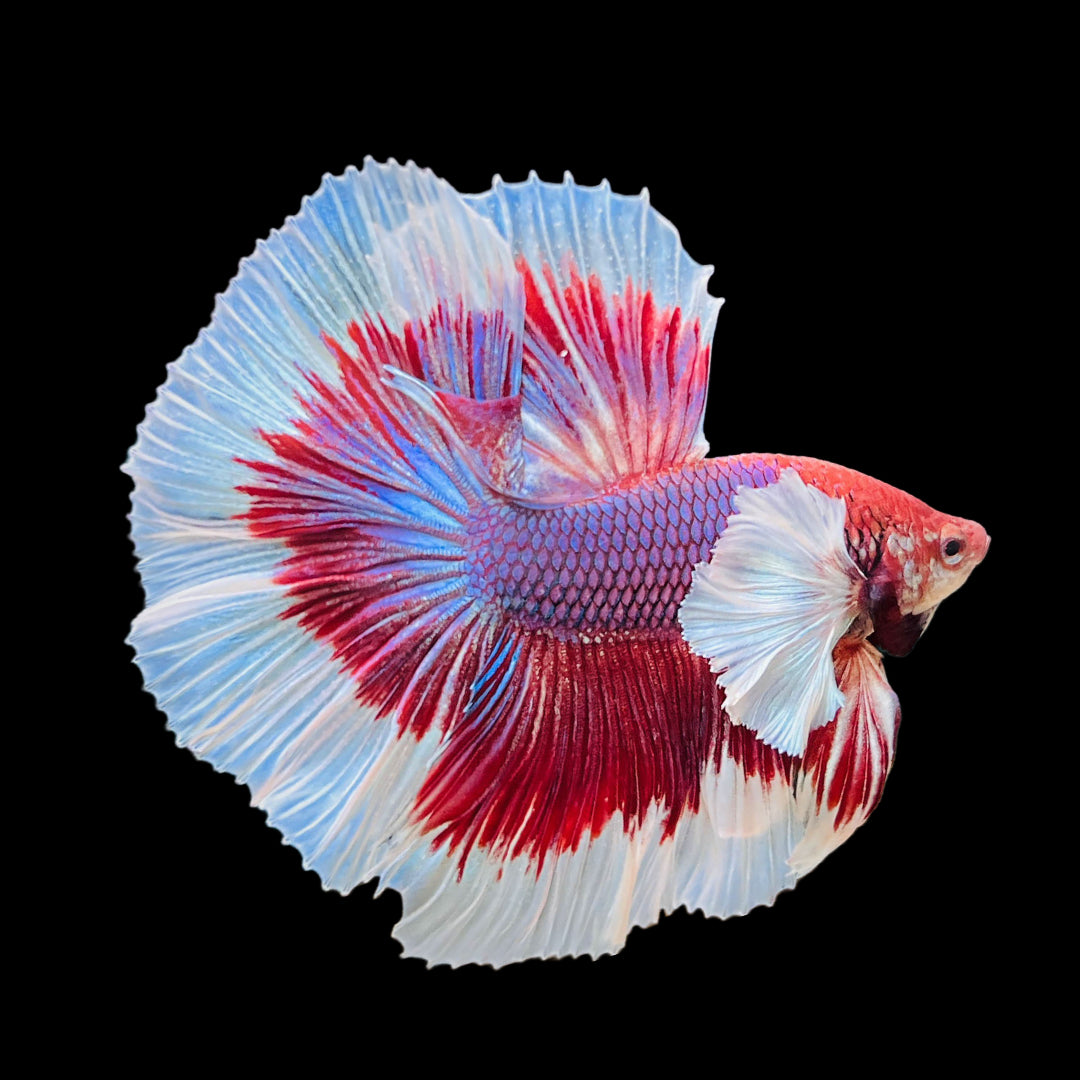Reproducing Betta Fish: a Comprehensive Step-By-Step Overview to Efficiently Raising Baby Bettas From Eggs to Their Adult Years
Reproducing Betta fish is a meticulous venture that calls for mindful preparation and execution to ensure the effective advancement of fry from eggs to grow fish. Picking genetically diverse breeding sets with preferable qualities is just the beginning; creating an optimal atmosphere and comprehending the ins and outs of the breeding procedure are similarly vital. As the male Betta carefully constructs a bubble nest and guards the priceless eggs, the succeeding stages of care and transition need interest to detail and expertise of best practices. How does one browse the challenging yet gratifying path of supporting these dynamic creatures to adulthood?

Choosing Breeding Pairs
When starting the trip of reproducing Betta fish, selecting the best reproduction pairs is important to accomplishing preferable traits and a healthy lineage - betta fish. The primary step in this process is to determine the certain characteristics you wish to enhance or maintain, such as shade, fin type, and physique. It is important to select genetically varied sets to avoid inbreeding, which can cause health and wellness issues and undesirable attributes
Evaluate potential breeding prospects thoroughly. A healthy male Betta needs to display dynamic colors, an active disposition, and well-formed fins, while the female should additionally show lively coloration and a rounded tummy, suggesting preparedness for spawning. Observing the temperament of both fish is vital, as aggressive or excessively shy individuals may not breed efficiently.
Paperwork of family tree is just as crucial. Keeping records of the moms and dad fish's origins can aid you track hereditary traits and prospective concerns. Additionally, get in touch with reliable breeders or on the internet sources for guidance on picking compatible pairs. Ultimately, investing time in the choice procedure will considerably boost the probability of creating strong, lively offspring that satisfy your breeding objectives (betta fish).

Preparing the Breeding Storage Tank
Producing an optimum breeding atmosphere is an essential action after choosing ideal sets for Betta fish. The breeding tank must be especially created to give comfort and stimulate the natural breeding actions of the fish. Begin with a storage tank dimension of at least 10 gallons to make sure appropriate area for both the man and women Bettas.
Maintain a mild filtration system to maintain the water clean while staying clear of strong currents that can stress the fish. Additionally, an air stone can be included in provide oxygenation without interrupting the water surface also a lot.
Temperature regulation is essential; go for a secure series of 78-82 ° F(25-28 ° C) making use of a dependable heating unit. The pH level need to be preserved between 6.5 and 7.5, and normal water modifications are needed to ensure high water quality.
Include floating plants or spawning sponges to create hiding spots for the female, while likewise urging bubble nest structure by the man - betta fish. Ultimately, make sure the container is devoid of sharp decorations and any type of prospective risks, as the welfare of the fish ought to always be focused on during this crucial phase of reproduction.
The Breeding Refine
Typically, the reproducing procedure for Betta fish includes a series of distinctive and visible behaviors that show preparedness for reproduction. The male Betta starts by constructing a bubble nest at the water's surface, which serves as a site for the fed eggs. This nest is critical, as it supplies a secure atmosphere for the eggs until they hatch.
As soon as the nest is developed, the male will present courtship habits, such as flaring his fins and displaying lively shades to attract the lady. The lady, upon noticing the man's this contact form preparedness, will react by presenting vertical red stripes along her body, indicating her receptiveness.
The fertilized eggs after that fall to the bubble nest, where the male meticulously gathers and returns them to the nest. Following this, the male thinks obligation for guarding the nest and making sure the safety and security of the eggs up until they hatch out, normally within 24-36 hours.
Caring for Betta Fry
Caring for Betta fry requires mindful attention to their setting and nutrition to ensure healthy growth and development. After hatching out, Betta fry are very tiny and vulnerable, requiring a stable and tidy habitat. Maintaining a water temperature level between 78 ° F and 80 ° F is important, as Betta fry prosper in cozy problems. Additionally, make certain that the water is without unsafe toxic substances; regular water modifications of 10-20% are advised to maintain optimal water top quality.
Feeding Betta fry is similarly essential. They ought to be provided infusoria or carefully crushed top notch fry food, as their mouths are too small to deal with bigger bits. As they grow, you can slowly present larger foods, such as infant salt water shrimp or powdered flakes, to guarantee they obtain adequate nourishment. Feed them tiny amounts a number of times a day, bewaring not to overfeed, which can result in water high quality concerns.
Transitioning to Adult Bettas
As Betta fry mature, transitioning them to adult Bettas is an important stage that calls for careful management of their setting and social interactions. This procedure generally starts when the fry reach around six weeks old, at which factor they can be gradually introduced to a much more structured websites living environment.
To facilitate this shift, it is vital to make sure that the water parameters-- such as temperature level, pH, and ammonia levels-- are optimal and secure. Grown-up Betta fish flourish in cozy water (around 78-80 ° F) with a pH of 6.5 to 7.5. Slowly adapt the fry to these conditions to reduce tension.
Social interactions are an additional key variable; my link man Bettas are notoriously territorial and aggressive. It is advisable to different males right into individual containers as they mature. Women Bettas can be housed together, however treatment should be taken to monitor for indications of aggression.
Additionally, nutritional modifications need to be made as the fry grow. Integrate top quality pellets and live foods to sustain their development and health and wellness. By taking care of these elements properly, you can advertise a successful transition to adulthood for your Betta fish.

Verdict
Successful breeding of Betta fish calls for cautious interest to detail throughout the entire procedure, from selecting genetically diverse pairs to supplying optimal care for fry. Furthermore, a well balanced diet and steady adaptation to adult settings are critical for the growth and advancement of Betta fish.